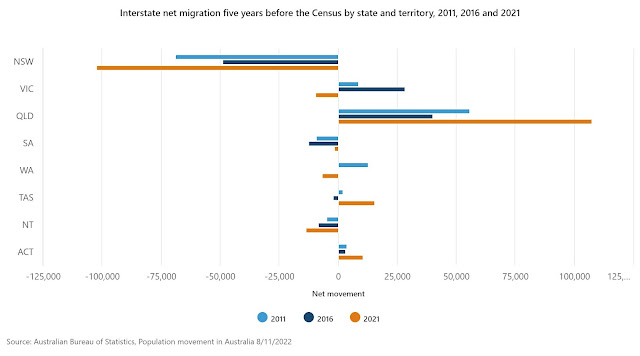The Sydney Morning Herald, 1 January 2023:
Sydney’s overcrowded schools crisis has extended to coastal sea change hotspots with parents told catchments will be changed because of a surge in population growth.
It comes as schools in beachside towns such as Byron Bay Public in the state’s north, Copacabana Public on the central coast and Berry and Gerringong Public on the south coast are all over their official enrolment caps as parents escaped capital cities over the past few years.
Parents at Port Macquarie Public, Hastings Secondary College and Telegraph Point Public in the Port Macquarie region were told in December school catchment zones would change from 2024.
“As you may be aware, Port Macquarie has experienced substantial growth in recent years,” Telegraph Point Public told parents via a December.
“Changes to school intake areas have been necessary to ensure an appropriate balance of students across all schools and that education continues to be delivered to the highest quality.
“These changes reflect the current demographics and enrolment and travel patterns of our region as well as ongoing feedback from the community.”
Port Macquarie Public P&C member Donna McGufficke was concerned the boundary changes could lead to segregation between the children of battlers in the town and the affluent suburbs where sea changers were buying up homes.
“The new catchments mean the two socio-economic disadvantaged students from one primary school will go to one high school, they have sent the two advantaged primary school students to another high school,” she said…..
Further north in Byron Bay, where the population jumped by 14 per cent from 29,208 in 2011 to 36,116 in 2021, local real estate agent Ed Silk said Catholic and public schools were in demand, but one type of school was the biggest drawcard for parents.
“They come here from all over so their kids can attend Steiner … there is a waitlist, there has always been a waitlist but it is getting quite large,” he said.
Cape Byron Rudolf Steiner School tells prospective parents “you may have a long wait” before being offered a place on its website.
“Currently all of our classes are full and in most cases we have extended waiting lists. As our waiting lists are growing rapidly, we are unable to guarantee placement within a specified timeframe,” the school says…..







